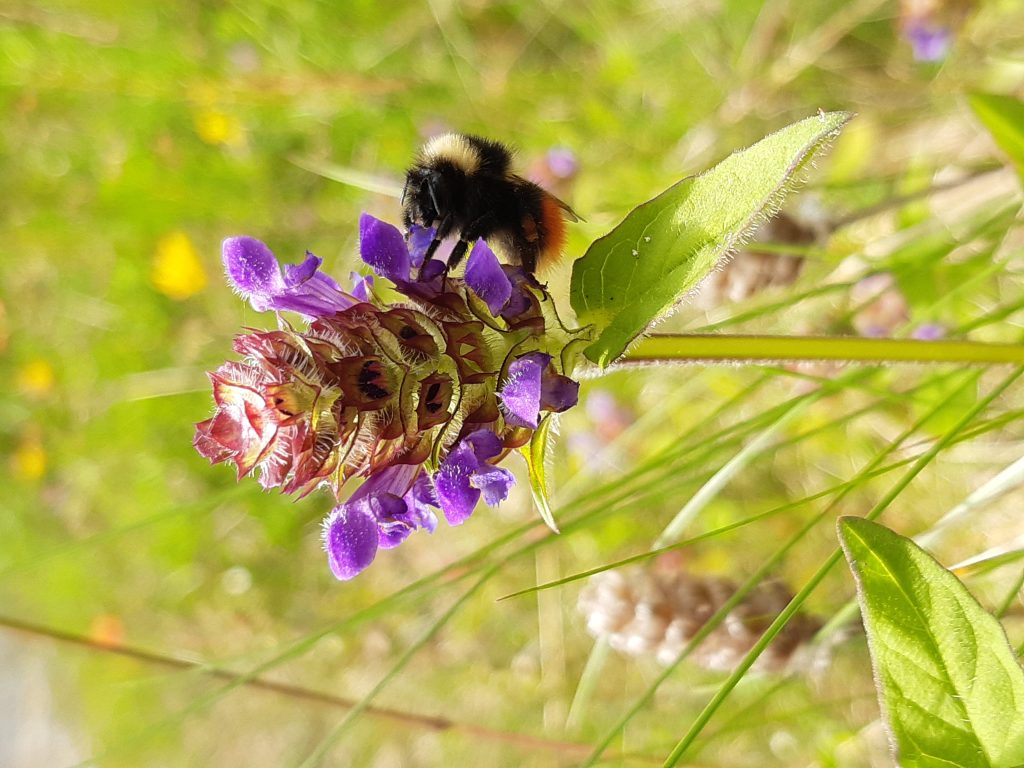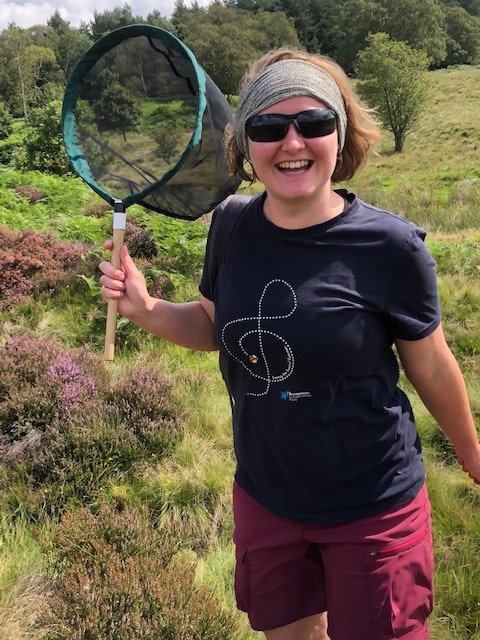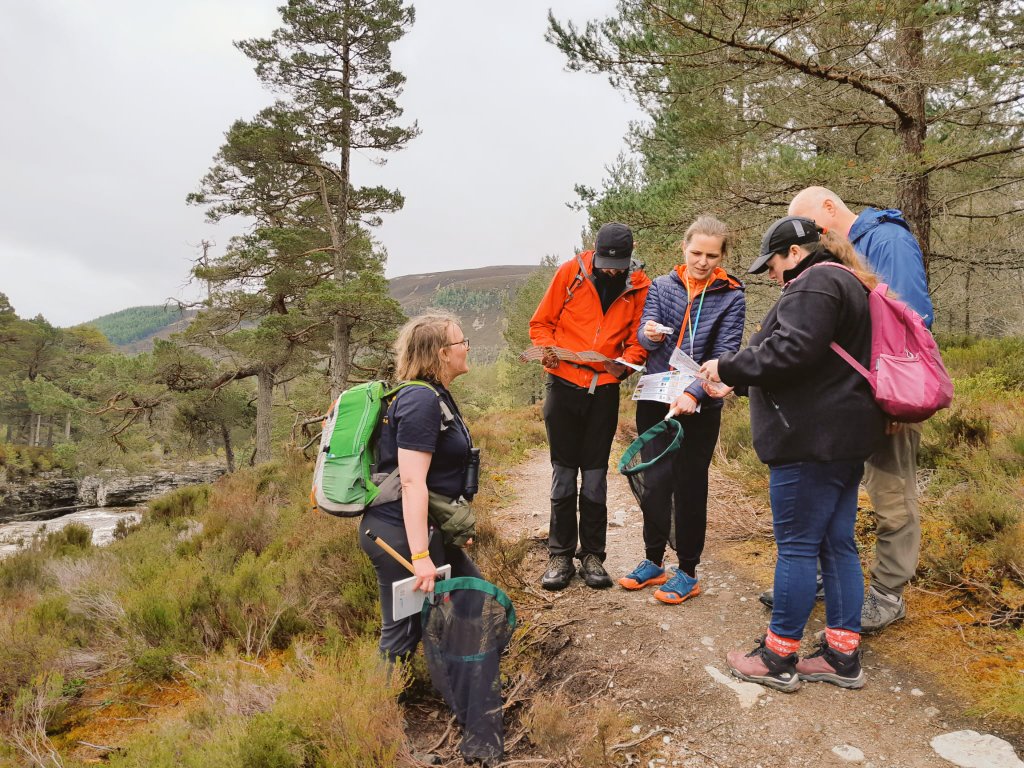Don’t step on a bee – record them instead!
It’s Bees Needs Week between 10th and 16th July which kicks off with ‘Don’t Step on a Bee Day’ at the start of the week – as if you would need reminding!
So, what do bees need? Apart from not being stepped on, food and shelter are essential. For our wild bumblebees and solitary bees, this comes in the form of bee-friendly flowers for food, and appropriate nesting and hibernation spaces such as untidy garden areas, habitat piles, long, tussocky grass, hedgerows and dry-stone walls. Bumblebee Conservation Trust’s website has lots of information about how to make your environment more ‘bee-friendly’ – from balcony gardening, to community parks, to farms, commercial orchards and golf courses.
But to help bees thrive, we also need information – data!
There are currently 24 species of bumblebee found in the UK, including six cuckoo (parasitic) species. In Scotland, we have 20 species of bumblebee, and the Cairngorms National Park is home to fewer still with 15 confirmed species and potential for a further three which are expanding their range north towards the Cairngorms, and may already be here in small numbers.
Across the UK, between 1900 and 1980, more than a third of our social bumblebee species have declined by over 70%, and within the last 100 years, two species have gone extinct.
Bumblebee Conservation Trust was established in 2006 by two leading bumblebee scientists, Professor Dave Goulson and Dr Ben Darvill, in response to worrying evidence of bumblebee declines. From these beginnings to now, Bumblebee Conservation Trust emphasises an evidence-based and science-led approach to conservation.

One very important component of conservation is biological recording. We can’t protect what we don’t know about, and we need data to both focus and measure our impact. A biological record is made up of four key pieces of information – what, where, when and who?
What did you see? Identify the plant or animal to species level if you can. If possible, take a photograph which a local expert verifier or your local records centre can use to check your identification is correct.
Where did you see it? A six-figure grid reference is great – if you use a recording app like iRecord on your phone or device, this will be automatically filled in. Otherwise, you can use a paper map or one of the many grid reference finder websites to get your location data.
When did you see it? Just the date is fine for a casual record, but some recording schemes might also ask you for the time.
Who saw it? This is your name and contact details (e.g. email address) which the verifier or local records centre can use to get in touch if they have any questions about your sighting.
A biological record can be submitted by anyone and there are some very useful apps made specifically for this purpose! Our favourite is iRecord which transforms your wildlife sighting into valuable data that can be accessed used by local conservation, planning and research organisations. You can also submit a record by emailing or writing to your local records centre. In the Cairngorms, we are covered by the North East Scotland Biological Records Centre (NESBReC) and Highland Biological Recording Group (HBRG).
Casual, one-off wildlife sightings are a fantastic way to contribute to knowledge and conservation in your local area but to be able to look at longer term changes and trends, we also need more regular, standardised monitoring schemes. Bumblebee Conservation Trust have run the national monitoring scheme for bumblebee abundance – BeeWalk – since 2008. It involves volunteers walking a short, fixed route once a month between March and October, while counting and identifying all the bumblebees that they see. The scheme has continued to grow and in 2022, we had 743 ‘BeeWalkers’ across Scotland, England and Wales, walking 833 transects (survey routes) with over 200,000 individual bumblebees recorded.

The Cairngorms National Park is home to a fantastic variety of wildlife and habitats including some rare, conservation priority bumblebee species, but it’s an area that has historically been under-recorded when it comes to bumblebees. Bumblebee Conservation Trust, through our Skills for Bees: Scotland project, are working in partnership with the Cairngorms National Park Authority as well as local estates, landowners and community groups, to increase and improve the long-term recording of bumblebees in the area. I am running training days in bumblebee identification and surveying, rare species survey days and have helped to set up 10 new BeeWalk survey routes within the National Park which will be monitored by the local community including national park staff and volunteers. Why not join them? This ‘Don’t Step on a Bee Day’…. Don’t step on a bee, record one instead!
For more information about bumblebees in the Cairngorms or how to get involved, contact me at [email protected].



